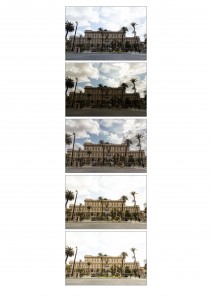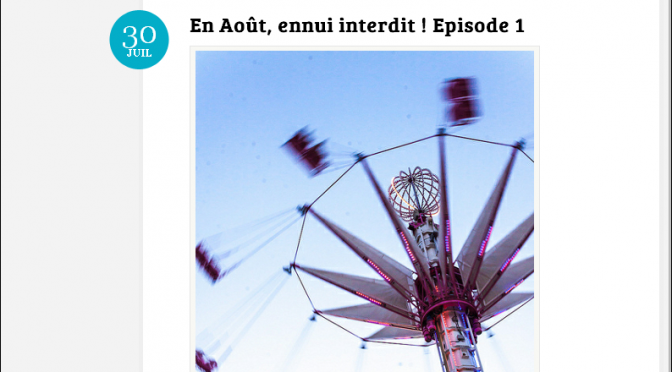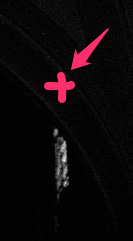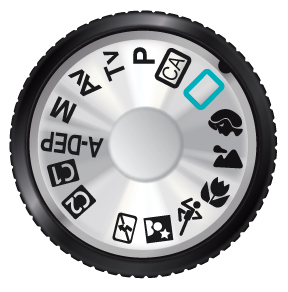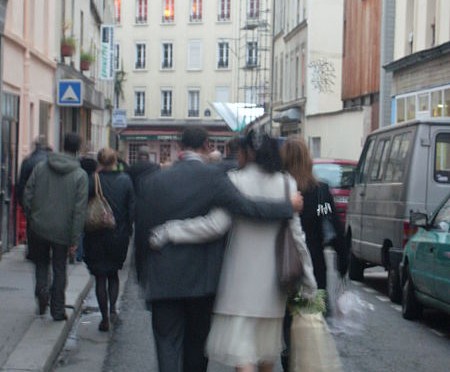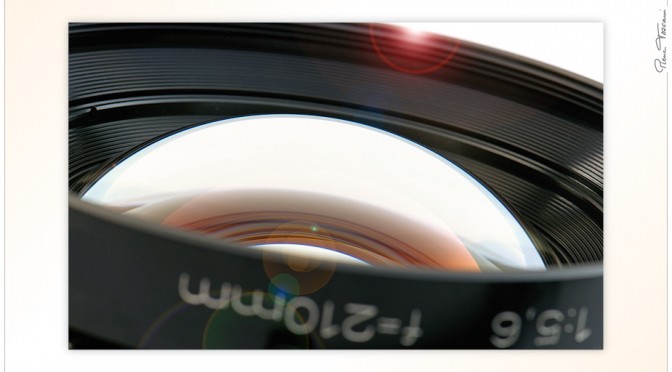Photo prise du haut de l’Arc de Triomphe alors qu’il venait de pleuvoir et que l’air était encore chargé d’humidité diffusant la lumière. Pas idéal. A refaire avec de meilleures conditions météo.
La photo a été traitée en Lightroom 5 et en Color Efex Pro (NIK Software).
La plage dynamique des capteurs est impressionnante et permet, avec les outils adaptés, de récupérer beaucoup d’informations lors du tirage (post-processing) sans avoir recours à du HDR.
Je dois apprendre à moins pousser les curseurs pour éviter un effet artificiel …
Avant/Après (LR & Color Efex Pro):



